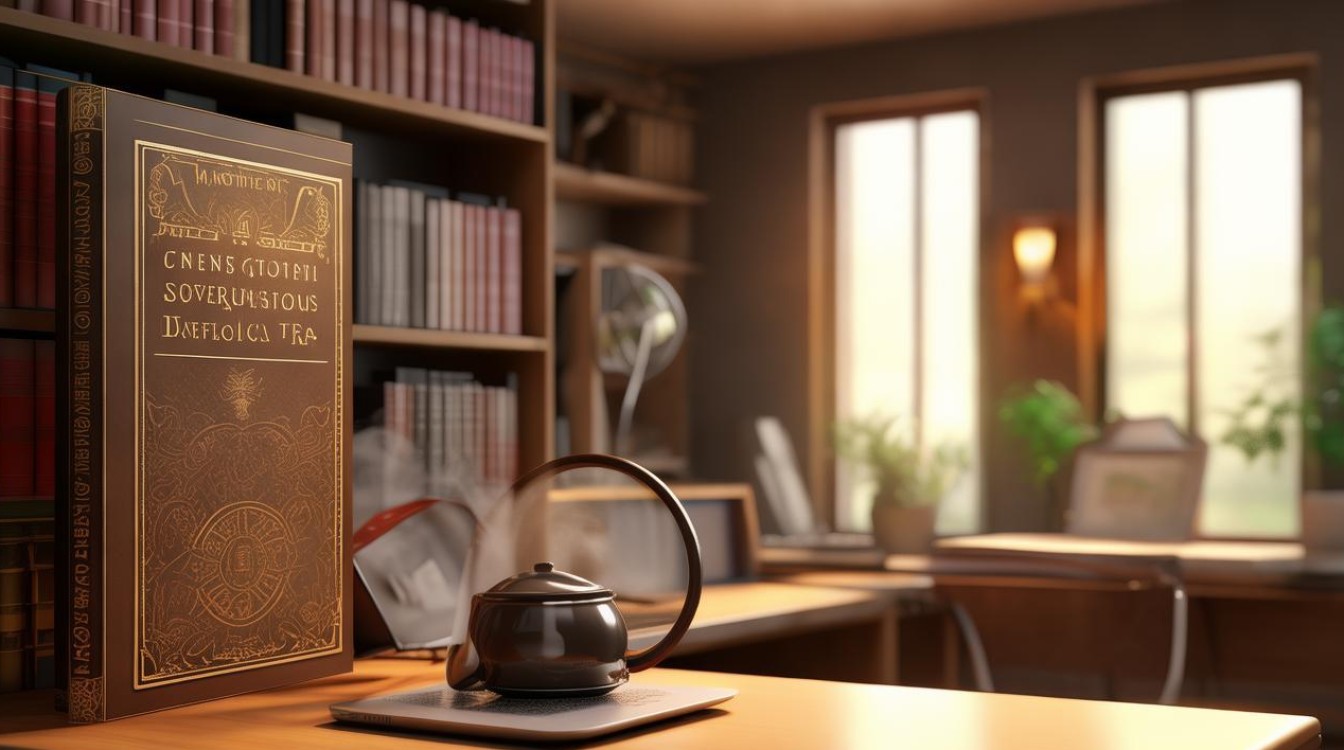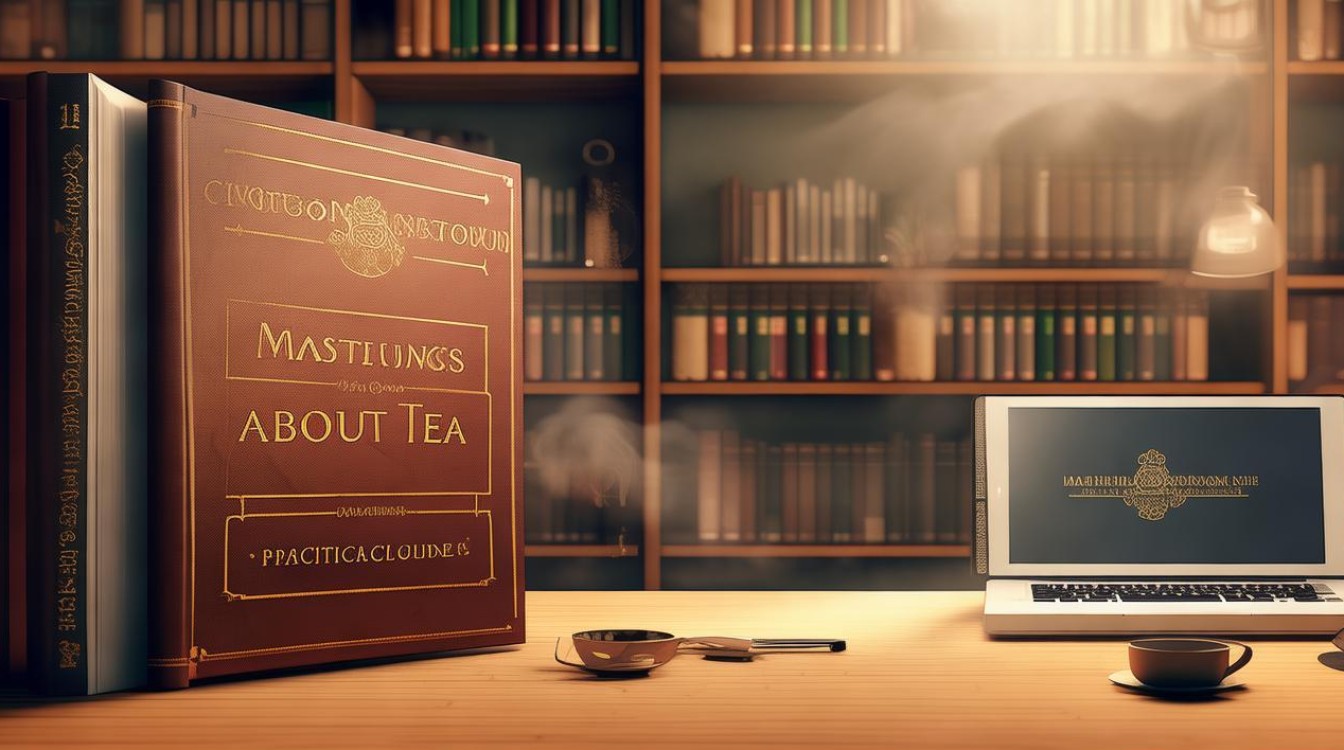Tea is more than just a beverage—it's a cultural bridge connecting people worldwide. Whether you're a tea enthusiast, a business professional, or a traveler, knowing how to discuss tea in English can enhance your conversations. This guide provides essential dialogue techniques, practical phrases, and the latest industry insights to help you confidently navigate tea-related discussions.

Essential English Tea Conversation Starters
Starting a conversation about tea in English can be simple with these natural phrases:
- "What’s your favorite type of tea?"
- "Have you tried any new tea blends recently?"
- "How do you usually prepare your tea?"
- "I recently discovered [tea variety]. Have you had it before?"
These open-ended questions encourage engagement and allow the conversation to flow naturally.
Key Vocabulary for Tea Discussions
To speak fluently about tea, familiarize yourself with these terms:

| Category | Key Words & Phrases |
|---|---|
| Tea Types | Black tea, green tea, oolong, white tea, herbal infusion |
| Flavor Notes | Floral, earthy, brisk, astringent, smooth |
| Brewing Terms | Steep, infusion, temperature, loose-leaf, tea bag |
| Cultural Terms | Afternoon tea, high tea, tea ceremony, chai |
Real-World Tea Dialogue Examples
Casual Tea Chat Between Friends
A: "I’ve been really into matcha lately. Have you tried it?"
B: "Yes! I love its grassy flavor. Do you make it traditionally or as a latte?"
A: "I prefer it as a latte with oat milk. It’s so creamy!"
Business Meeting Over Tea
A: "Would you like some tea while we discuss the proposal?"
B: "That sounds great. Do you have any herbal options?"
A: "We have peppermint and chamomile. Which would you prefer?"
B: "Peppermint, please—it’s refreshing."
Ordering Tea at a Café
A: "What tea do you recommend today?"
B: "Our Darjeeling is fresh and has a lovely muscatel note."
A: "Perfect, I’ll have that. Could I get it with a dash of honey?"

Latest Global Tea Trends (2024 Data)
Staying updated with tea trends makes conversations more engaging. Here’s the latest data from Statista and the International Tea Committee:
| Trend | Key Insight | Source |
|---|---|---|
| Rise of Functional Teas | 42% of consumers seek teas with health benefits (e.g., immunity-boosting blends). | Statista, 2024 |
| Premium Loose-Leaf Demand | Sales of specialty loose-leaf teas grew by 18% in 2023. | International Tea Committee |
| Sustainability Focus | 65% of buyers prefer eco-friendly tea packaging. | Mintel, 2024 |
Cultural Nuances in Tea Conversations
Different cultures have unique tea traditions. Being aware of these can prevent misunderstandings:
- UK: "Tea time" usually refers to afternoon tea with scones, while "high tea" is a heartier evening meal.
- Japan: Matcha is ceremonial; avoid adding sugar unless offered.
- India: Chai is often spiced and sweetened—asking for "less sugar" is acceptable.
Improving Fluency with Tea-Related Idioms
English has several tea-related idioms that can enrich conversations:

- "Not my cup of tea" = Not to my liking.
- "Storm in a teacup" = Making a big deal out of nothing.
- "Spill the tea" = Share gossip (modern slang).
Practical Tips for Confident Tea Conversations
- Listen Actively – Pay attention to the other person’s preferences.
- Use Descriptive Language – Instead of "This tea is good," say, "This jasmine tea has a delicate floral aroma."
- Stay Updated – Follow tea blogs like World of Tea for the latest trends.
Tea conversations are a gateway to deeper connections. Whether you're networking, traveling, or simply enjoying a cup with friends, these techniques will help you communicate with confidence. The next time you brew a cup, try striking up a conversation—you might just learn something new.











